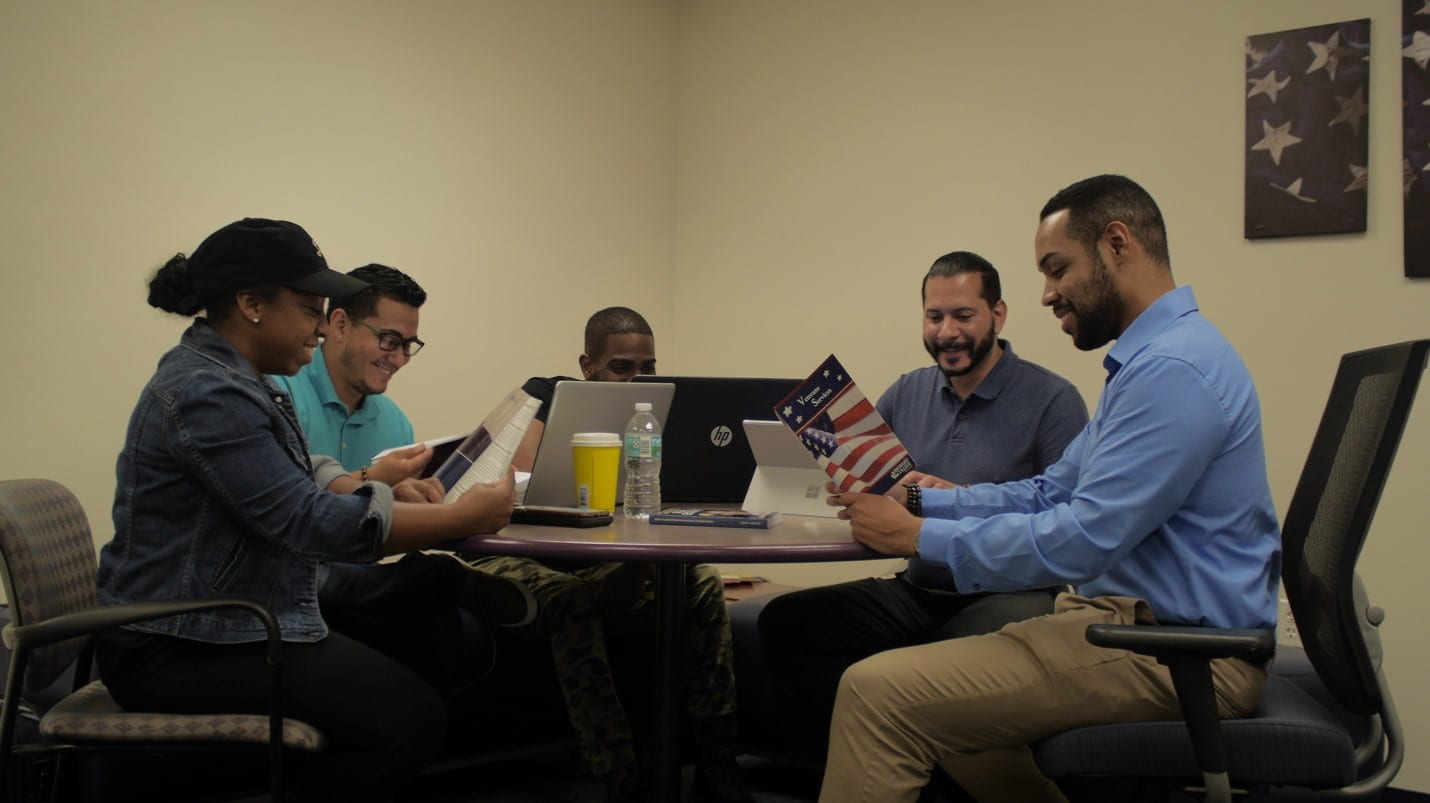Ray Alce
Social Media Editor
Colleges and universities are experiencing an exceptional rise in the number of veteran students. Because of that, many schools have developed specific programs and services designed in order to improve the success of veterans in higher education.
Still, data from the Department of Veterans Affairs (VA) shows that a small percentage of veterans use all their federal education benefits. Some college and universities have developed comprehensive evaluation plans to determine the measurable results of their programs, also the federal government does not follow the retention or completion rates of veterans.
Broward College has opened a military and veterans resource center at South Campus, which is designed for active duty, reserves, veterans and military family members to use as a resource and to receive specialized guidance as it relates to both internal college resources as well as outside and community-based resources.
Moreover, the aim is to assist the population of military-affiliated Broward College students with receiving benefits from the V.A; providing overall support, guidance and mentoring; promoting academic success; providing educational planning and career exploration and growth; and lastly, providing networking support opportunities for these students to utilize as needed.
For those of you who are not familiar with the GI Bill, one of the academic advisors Robert (Bob) Brasco, who specializes in working with military students defines what it is and a few different types of GI Bills.
“The GI Bill, sometimes called the Montgomery Bill or the Montgomery GI Bill, was started after WII vets came home as a way to help them move from combat to a career. The Montgomery Bill provided veterans with money for school, unemployment compensation, home loans and more. Today’s Montgomery Bill focuses entirely on education. Service members can use their GI Bill benefits to further an education, including on-the-job training, non-degree programs, apprenticeships, as well as a traditional college education, including associate’s, bachelor’s, master’s and even doctorate degrees. There are different types of GI Bills Chapter 33 (Post 9/11), Chapter 30, Chapter 31, as well as less common versions of the GI Bill such as VEAP, Top Up, and others.”
The office of the Military and Veterans Resource Center is open Mondays- Thursdays 8 a.m. to 7 p.m. and Fridays 8 a.m. to 4 p.m. and is located in building 68/253.
According to Mario Vasquez, “by visiting the military and veterans resource center, students will be able to meet other veterans on campus, foster camaraderie and experience networking opportunities.
Brasco also mentioned that “all advisors can assist and work with current and veteran military students at each of our BC campuses. In addition, within each campus, we also have several designated, military-trained advisors (some of whom are veterans themselves) who specialize in working with military students.”
The following is the list of the advisors and the campus they are located in: South Campus: Robert Brasco: rbrasco@broward.edu, Mario Vazquez: mvazquez@broward.edu; Central Campus: Michael Tennenbaum: mtenenba@broward.edu; North Campus: Robert Diaz: rdiaz3@broward.edu and Jesse Cohen: jcohen@broward.edu.
There will be a ribbon cutting ceremony on Nov. 8 at 11 a.m. at the Student Life Activity Center and all Broward College veteran students and dependents are invited.
alcerw@mail.broward.edu
photo info: From left to right : Tyshanna Smith (Navy), Victor Leon (Marine Corps), Edward Aries (BC Student), Dr. Mario Vazquez (Army), Jorge Manzanares (Navy). Ray Alce/The Observer
